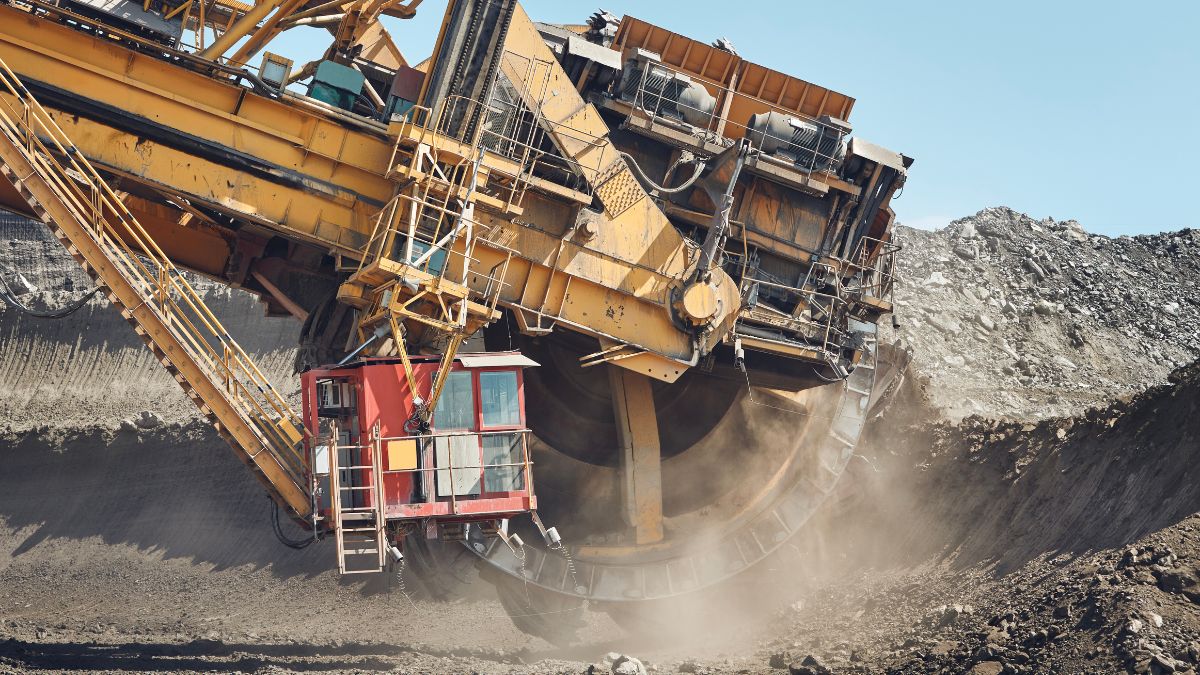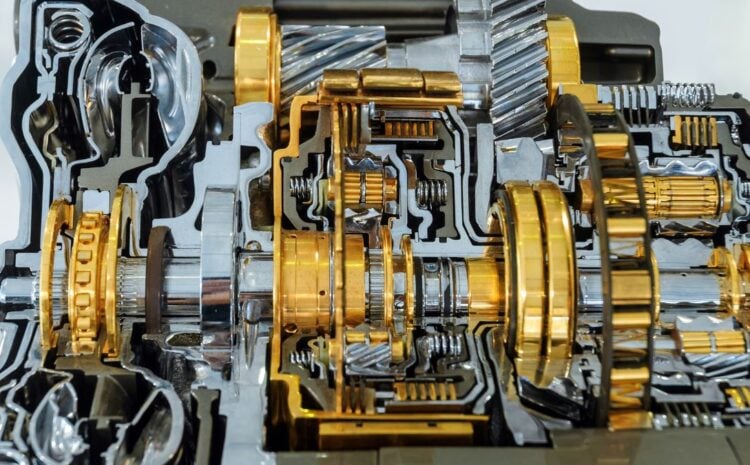A gearbox, a vital mechanical device, is the unsung hero that transfers power from one rotating shaft to another while altering speed and torque output. In the mining industry, gearboxes are indispensable for efficiently operating machinery such as conveyors, crushers, mills, and pumps. Yet they are also susceptible to failures that can lead to costly downtime, damage, and safety risks. In this article, we’ll delve into the common causes and consequences of gearbox failures in mining and, more importantly, how to prevent them.
The Quest for Reliability
The primary aim of this article is to shed light on the root causes of gearbox failures in mining and to offer preventative strategies to mitigate these issues. By gaining insight into the factors influencing gearbox performance and longevity, mining operators can significantly reduce the risk of breakdowns, increasing productivity and safety.
Unpacking Gearbox Failures
Gearbox failures can be categorized into two primary types: wear and tear and catastrophic. Wear and tear failures manifest gradually due to the gearbox’s sustained operation over time. In contrast, catastrophic failures are abrupt and severe, triggered by extreme conditions or events that exceed the gearbox’s design limitations. Both types of failures typically trace back to three main culprits: poor lubrication, misalignment, and overloading.
Poor Lubrication
Lubrication serves as the lifeblood of a gearbox, forming a protective barrier that prevents metal-to-metal contact between gears and bearings. Proper lubrication minimizes friction, heat, noise, and wear, safeguarding gearbox components from corrosion and contamination. However, neglecting lubrication can lead to various issues that may ultimately culminate in gearbox failure. Some examples of poor lubrication scenarios include:
- Contamination: The intrusion of dirt, dust, water, or other foreign particles into the lubricant can hamper its effectiveness, leading to gear and bearing abrasion, corrosion, or erosion.
- Degradation: Lubricant quality may deteriorate due to oxidation, thermal breakdown, or chemical reactions, resulting in sludge formation, viscosity changes, or additive depletion.
- Insufficient Lubrication: Insufficient lubricant quantities within the gearbox can result in inadequate film thickness, leading to scuffing, pitting, cracking, and various forms of wear and damage.
Misalignment
Misalignment refers to the deviation of gearbox components or shafts from their intended positions or orientations. Misalignment can occur due to distortion, bending, or wear of the gearbox housing or components caused by excessive load, temperature, or vibrations. It may also arise during installation, operation, or maintenance due to human error or improper procedures. Misalignment can give rise to several problems, potentially resulting in gearbox failure:
- Excessive Loads: Misalignment can lead to uneven force distribution on gears and bearings, with some areas experiencing excessive loads and others subject to stress concentration.
- Premature Failure: Accelerated wear and fatigue of gear teeth and bearing surfaces can occur, leading to cracks, spalls, or fractures.
- Lubricant Leakage: Misalignment may cause gaps or seal failures in the gearbox housing or components, resulting in lubricant leakage or contamination.
Overloading
Overloading occurs when a gearbox ensures torque, speed, or shock loads surpass its design specifications or limits. This can occur due to the incorrect selection or sizing of the gearbox for the application or environmental conditions. External factors, like power surges, load fluctuations, or impacts, can also trigger overloading. Overloading induces a slew of issues that can eventually culminate in gearbox failure:
- Plastic Deformation: The gears or bearings may permanently deform due to excessive stress or strain.
- Fatigue: Cyclic stress variations on gears and bearings, stemming from repeated loading and unloading cycles, can occur.
- Fracture: Sudden gear or bearing failure can happen due to the initiation and propagation of cracks.
- Lubricant Degradation: Overloading increases friction and heat within the gearbox, impacting lubricant quality and performance.
Preventing Gearbox Failures
The key to preventing gearbox failures is a proactive approach to ensuring the gearbox’s optimal condition and performance. This approach encompasses lubricant selection and maintenance, alignment inspection and correction, and load control and management.
Lubricant Selection and Maintenance
- Right Lubricant Selection: The initial step in averting gearbox failures involves selecting the correct type, grade, and additives for the specific gearbox application and environment. The chosen lubricant must possess appropriate viscosity, stability, compatibility, and performance attributes to meet gearbox requirements and environmental conditions. Compatibility with gearbox materials, seals, and coatings is also paramount.
- Regular Lubricant Monitoring: To maintain gearbox health, it’s crucial to monitor and maintain lubricant levels, quality, and cleanliness. This includes periodic checks and replenishments to ensure adequate film thickness and coverage. Quality and performance monitoring should be conducted to detect contamination, degradation, or additive depletion. To maintain cleanliness, filters, breathers, or other devices should be used to prevent or remove dirt, water, or other contaminants. Various lubricant analysis techniques and tools, such as viscosity measurement, particle count, and spectroscopy, can aid in this endeavor.
Alignment Inspection and Correction
The third step in preventing gearbox failures revolves around meticulous checks and adjustments of gearbox components and shaft alignment. The alignment must adhere to specified tolerances and limits to ensure proper meshing and loading of gears and bearings. Additionally, alignment verification should be performed after installation, operation, or maintenance to confirm the absence of changes or errors.
Common methods and instruments for alignment measurement and verification include dial indicators, laser alignment, and thermal imaging. To avoid or minimize alignment errors, it’s crucial to follow the manufacturer’s instructions, use appropriate tools, and be vigilant for signs of distortion, bending, or wear in gearbox housing or components.
Load Control and Management
The fourth and final step for preventing gearbox failures involves operating it within its design specifications and limits. This includes selecting or sizing the gearbox based on application and environmental requirements and ensuring it operates within its rated parameters. Various load monitoring and protection devices and systems, such as torque sensors, speed sensors, load cells, overload relays, and circuit breakers, can be employed to safeguard the gearbox from excess loads.
Conclusion
Gearboxes are vital components of mining equipment, but they can also face various problems that can lead to failure. These problems often result from factors such as inadequate lubrication, improper alignment, or excessive loading of the gearbox parts. To prevent these problems and ensure the smooth and safe operation of the gearboxes, it is important to follow some best practices and guidelines, such as choosing the right material and design, using appropriate machining and finishing methods, following proper assembly and installation procedures, performing regular maintenance and inspection, and repairing or remanufacturing the gearbox when needed. By adopting a proactive approach to gearbox maintenance, mining operators can avoid costly and dangerous consequences of gearbox failure, such as downtime, damage, or injury, and improve their productivity and safety in their operations.



